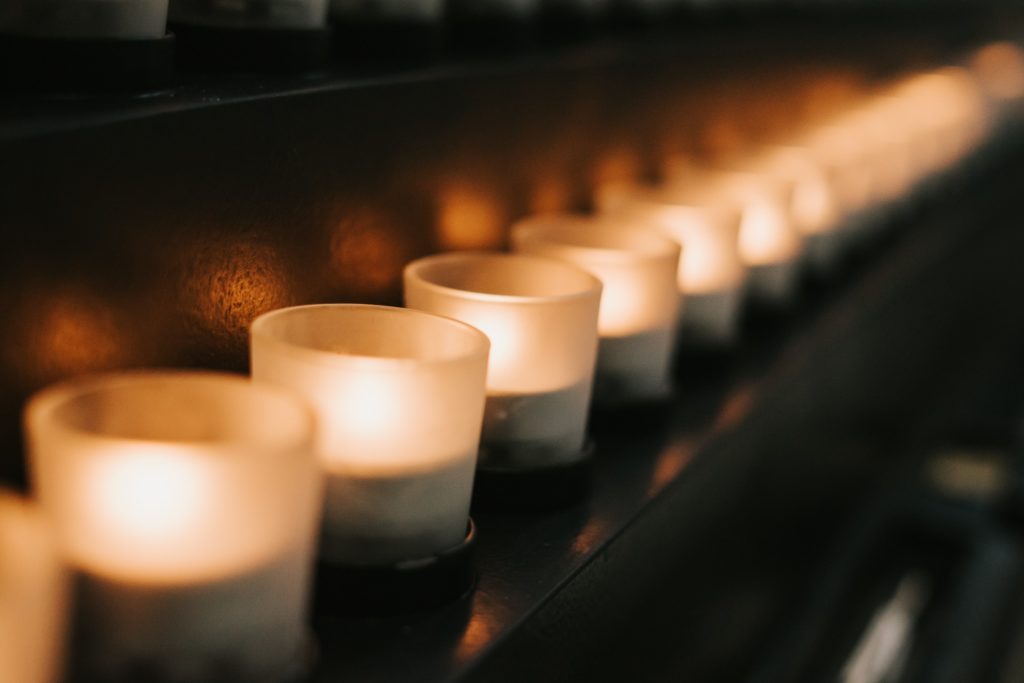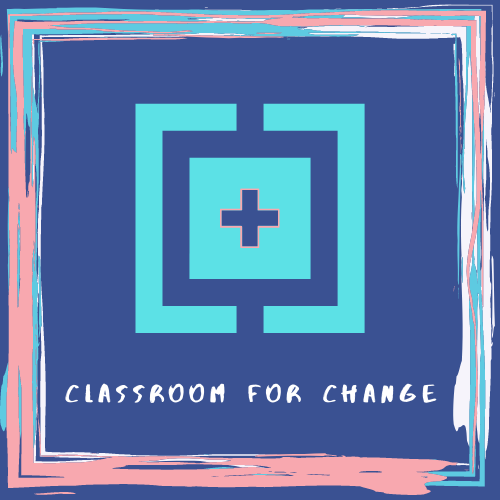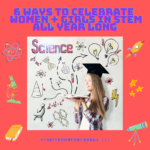A Teacher’s Guide to Teaching the Holocaust: Part One {Teaching Tips}
International Holocaust Remembrance Day – January 27th
Planning on teaching the Holocaust but don’t know where or how to begin? Responsibly teaching the Holocaust can feel like a huge undertaking, but with the right tools + practices you’ll find just how impactful teaching and learning about this important, yet hard history can be. As we’ve seen a surge in anti-Semitic violence over the past few years, it is crucial that we remember + never forget. Teaching + learning about the Holocaust is one way we can fight racism and anti-Semitism.
After years of teaching the Holocaust as a middle school teacher, I’ve developed what I believe is a well-balanced approach to tackling this difficult and sensitive topic. Over the years, I’ve done the work to identify accurate, reliable resources that inform + educate students about the Holocaust in a responsible, age appropriate way. Now, I’m sharing those teaching tips + resources with you in a two-part blog post! Part One features my tried + true {teaching tips}, and Part Two is my treasure trove of {teaching resources}. Note that the teaching materials I have selected intentionally go beyond the one-sided narrative we often hear and explore alternative perspectives, including those of survivors + the Danish Resistance.
>> Read on for A Teacher’s Guide to Teaching the Holocaust: Part One {Teaching Tips} – the first of my two-part blog post on teaching the Holocaust.

6 Tips for Teaching the Holocaust
- Proceed with Caution: Sensitive Material Ahead. It goes without saying, the Holocaust is a sensitive subject. I want to preface this guide with a reminder to be aware of your students’ needs as well as your own during this particularly challenging unit or lesson. That means preparing activities that inform + educate your learners at a developmentally appropriate level they can handle. You’ll want to carefully balance exposure + engagement without overwhelming, triggering, and traumatizing your students.
- Prepare students. When handling sensitive content such as the Holocaust, it’s wise to prepare your students ahead of time. Inform the class of the upcoming unit or lesson so they have a chance to mentally prepare, express concerns, or share something personal with you. I can remember a time from my teaching days when I announced our upcoming unit on the Holocaust and I noticed a look of horror come over the face of one of my students as the words came out of my mouth, and I knew exactly why. She was Jewish, and she immediately expressed how difficult it was going to be to talk about something so deeply triggering for her and her family. Right away, I pulled her aside in the hallway to acknowledge and validate her feelings and told her that going forward she was welcome to step away from the classroom whenever she needed a break.
- Communicate with colleagues + families. Just as you want to prepare your students, you’ll want to do the same with your coworkers and your students’ families for the same reasons I shared above. I’d suggest sharing your plans and the timeline in advance so they too can prepare to have conversations with the kids and be there to support them if necessary. By doing so, you will also create opportunities to extend learning about the events and effects of the Holocaust beyond your classroom.
- Give Warning: Content may contain triggers. That’s essentially the warning you will want to give your students. Be mindful that some of the material you cover may trigger emotional responses. It’s probably a good idea to provide students with some options if they feel the need to take a break or talk to someone. For instance, you and your students can come up with nonverbal signals to communicate how they are feeling. In addition, I highly recommend letting your learners know that you and/or the Guidance Counselor (if your school has one) are available for support. Just be sure to prep your Guidance Counselor too so they know what to expect! Keep in mind, some of your kids may have a personal connection to the Holocaust through a loved one so it’s extremely important to handle the topic and your students with care.
- Tap into multiple modalities. Ultimately, we as educators want to drive home content in order to have a lasting impact. Teaching about the Holocaust is no different. One way to do that is by creating multiple experiences for your students to help them make sense of this dark period in our world’s history. Explore content through many modalities. Some experiences to consider are: reading stories about those who lived through the Holocaust, watching documentaries that include interviews with people who rebelled, listening to audio clips from survivors, visiting a Holocaust memorial or museum, or perhaps taking a virtual tour. By including a variety of sources for students to gather information, you are providing your students with a variety of voices, and this in itself is powerful.
- Explore other narratives + perspectives. All too often, we only learn of the genocide that took place at the hands of Hitler and the Nazi regime. Over 6 million people were murdered. It is common knowledge that Jews were targeted in particular but so were people who were identified as disabled and LGBTQ+, among other groups. And then there are those who deny the Holocaust even happened. It’s crucial that students develop an understanding that various narratives exist. And that includes the perspectives of those who fought back as part of the resistance. Years ago when I helped develop the 6-8 English Language Arts curriculum at my school, the instructional team and I felt compelled to incorporate the stories of the heroes of the Holocaust. There are so many extraordinary stories of people who risked their lives to save neighbors, friends, and even complete strangers. Those stories are also worth sharing. Those stories must be told, too.
Final Thoughts
I’d like to leave you with this. When all is said and done, nothing will take away the atrocities of the Holocaust. As human beings, so many of us would rather not think of the worst of humanity. But it’s necessary. Because until we face our past, we cannot forge forward in confidence, thinking that something like this would never happen again. By teaching the Holocaust in this way, based on historical evidence and truth while also honoring the courage of everyday heroes, my students and I found solace in the stories of those who fought back–providing hope after the heaviness, a light in the darkness.
Ready for reliable resources + supplemental tools to help you teach the Holocaust? >> Head on over to A Teacher’s Guide to Teaching the Holocaust: Part Two {Teaching Resources}
We must always take sides. Neutrality helps the oppressor, never the victim. Silence encourages the tormentor, never the tormented.
Elie Wiesel
American-Romanian Writer, Professor, Political Activist,
Nobel Laureate, + Holocaust Survivor







![How to Meaningfully Celebrate Earth Day 🌎
A Practical + Helpful Guide by @goodgoodgoodco 🌻
"The urgency of climate justice should inspire us all to spring into action on Earth Day and beyond–as should the good progress we're making. This Earth Day, we invite you to look for the Helpers, make your own meaningful changes for the planet, and tap into joy as an abundant resource for resistance and change." 🦋
Visit the link in bio 🔗 @goodgoodgoodco and tap this post under "Recent Instagram Links" for more meaningful ways to celebrate #EarthDay. We can help raise awareness + work towards change by sharing this information in our own circles and taking up these practices.
Let's plant the seeds (both figuratively and literally) for a better future! 🌱✨
#EarthDay2024 #CelebrateEarthDay #Earth #NoPlanetB #ClassroomforChange [+]](https://classroomforchange.com/wp-content/plugins/instagram-feed/img/placeholder.png)